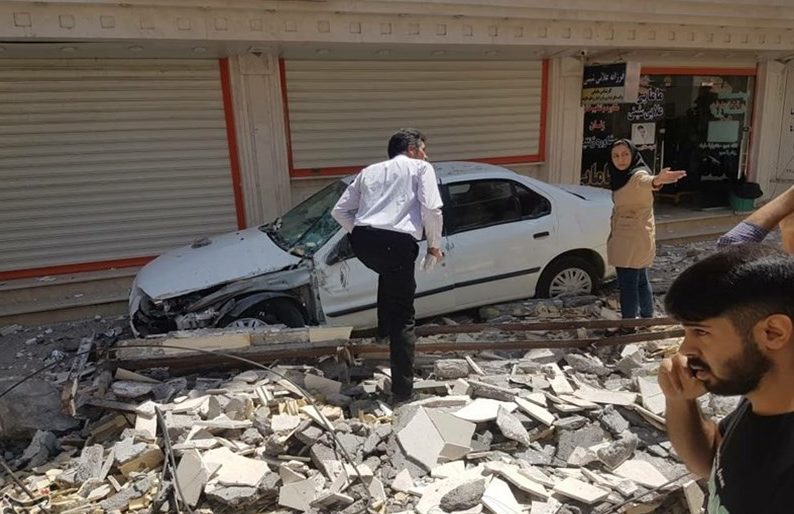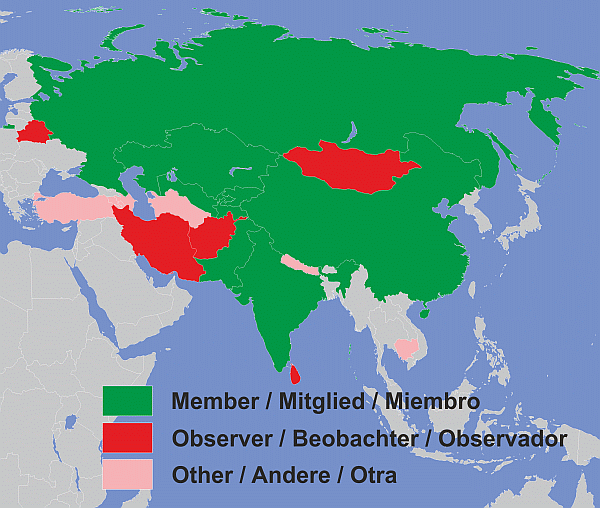
A 5.7-magnitude earth-quake struck Khuzestan province this month, resulting in a single death, the first quake fatality in Iran in the last 10 months.
The death was reported to be the result of a heart attack during the quake, not from any falling structures.
A total of 67 people were reported to have been injured, none of them seriously and none of them hospitalized.
Two-thirds of the injuries were in Masjed-e Soleyman and the other third in Izeh.
Khuzestan province has not seen many quakes in recent years and has suffered no fatalities in the 21st Century.
The country as a whole has been relatively quiet seismically in the 15-1/2 years since the immense December 2003 Bam quake. There have only been 26 quakes with fatalities since then, and only three of them have had fatalities exceeding 100 and only five had fatalities in double digits.
The Khuzestan quake hit July 8 at 11:30 a.m., a “good” time for a quake, as most people are up and about and do not get trapped in their homes.
Iran’s deadliest quake in recent years was a 6.6-magnitude tremor that struck the southeast in 2003, decimating the ancient mud-brick city of Bam and killing at least 27,000 people.
However, the most powerful quake to strike Iran since seismographs have been in use measured a powerful 7.8 on May 16, 2013. Luckily, that quake was centered in a remote, mountainous region of Sistan va Baluchestan province and only a solitary death was recorded.
Under the Richter scale, each increase of 1 on the scale is an increase of 10 times in the energy released by a quake. A quake of 7.0 is 10 times more powerful than a quake of 6.0, which is 10 times more powerful than a quake of 5.0.
The deadliest earthquake to strike Iran in modern times killed an estimated 37,000 people June 21, 1990, brutalizing Gilan and Zanjan provinces.
There likely were worse quakes in earlier eras, but death toll figures are very unreliable. A 1780 quake in Tabriz is thought to have killed anywhere from 50,000 to 200,000 persons. The published tolls from the 1990 Gilan-Zanjan quake and the 2003 Bam quake are themselves subject to question.
The main problem causing earthquake deaths in Iran is the use of unbaked mud brick in the construction of village homes with very thick walls. They easily collapse in a quake, crushing those inside.
In 2000, the Interior Ministry said a study showed that 86 percent of Iran’s people live atop faults.























